5 Great Summer Vacation Ideas for Space Lovers
Best Summer Vacation Ideas for Space Lovers

Summer is in the air, space lovers — which means it's time to start planning vacations. If you're looking to add a little (or a lot) of space-themed fun to your summer plans, check out this list of suggestions for how to make contact with the cosmos this season. Keep reading to find out how to see a rocket launch, attend Space Camp, visit a real space shuttle, or find the perfect location to view the night sky in all its grandeur. NEXT: How to see a rocket launch (Click the arrow at the side of the story to continue).
See a rocket launch
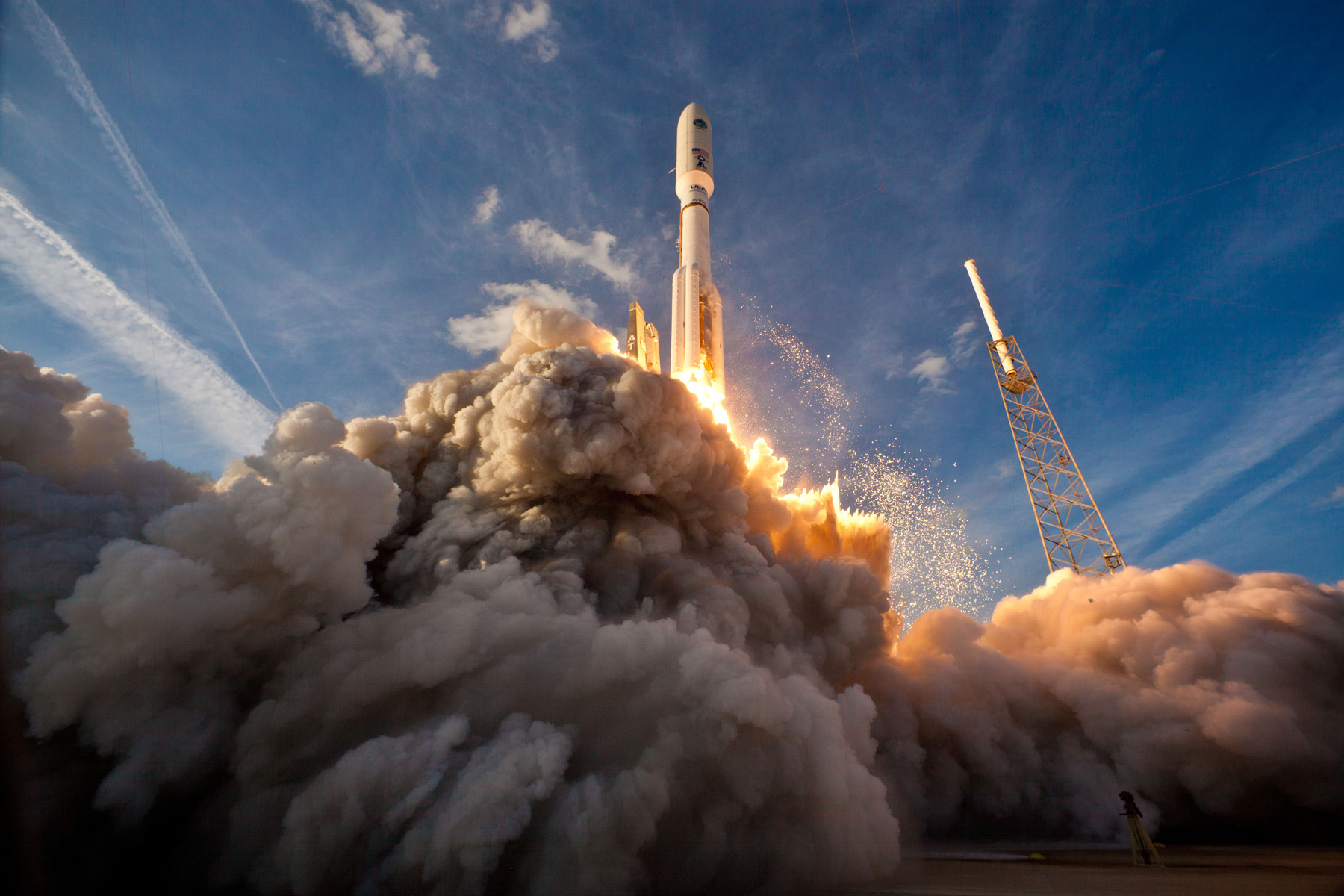
Why not send your summer vacation soaring by taking in a live rocket launch? Witnessing the awesome power of a rocket engine as it blasts off the pad and climbs skyward is an inspiring experience, even for people who don't follow spaceflight.
There are three locations in the United States where members of the public can watch rocket launches: Kennedy Space Center/Cape Canaveral Air Force Station in Florida, Wallops Flight Facility in Virginia, and Vandenberg Air Force Base in California.
Before you pack your bags, check out our in-depth guide to seeing a rocket launch. The guide includes details about how to plan your trip, and a list of scheduled launches by location. You can also check our 2018 Space Calendar for a complete list of scheduled rocket launches, as well as other night-sky events.
The guide also includes details about the best locations from which to watch a launch. For example, at Vandenberg Air Force Base, many of the best viewing locations are outside the base, and don't require a ticket or preregistration. However, those spots can get crowded, so it's good to arrive early. On the other hand, during launches at Cape Canaveral Air Force Station, NASA's Kennedy Space Center will occasionally sell tickets to prime launch-watching locations, and those tickets may sell out.
With that in mind, if you choose to go to Florida or California, there are other space-themed vacation activities nearby — click ahead to the slide titled "See a space shuttle" for details.
NEXT: Go to Space Camp
Go to Space Camp
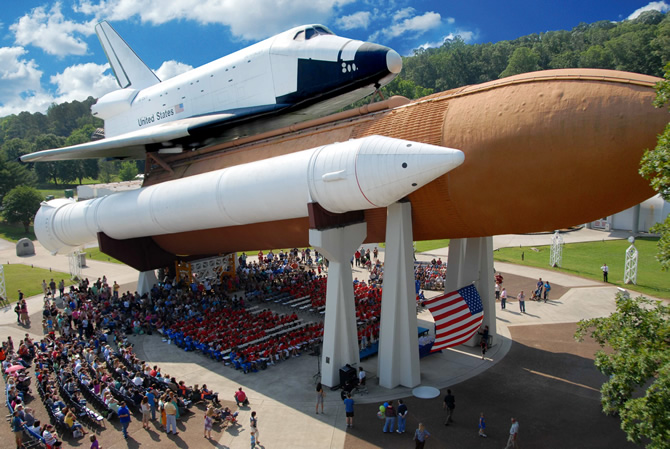
For the ultimate space-infused summer vacation, we recommend a trip to Space Camp in Huntsville, Alabama. The program gives both kids and adults the chance to experience some of the technological, physical and mental challenges faced by real-world astronauts, as well as spaceflight engineers and scientists.
Depending on their age and which program they participate in, campers will launch rockets and participate in simulated space missions. Older campers may perform exercises in the Underwater Astronaut Trainer (a pool that simulates the feeling of moving and working in a weightless environment), the Multiaxis Trainer (a chair that spins and pivots wildly, simulating some of the more chaotic aspects of flying to space) and the one-sixth gravity chair (which simulates gravity on the moon).
Space Camp has programs for kids in three age groups: 9 to 11, 12 to 14 and 15 to 18. There are also programs for adults, for families to participate in together, and for teachers.
Within each track, there are different camp types. For kids, there is the classic Space Camp experience, an aviation-themed program and a robotics-themed program (this last one is only for kids ages 9 to 11 and 12 to 14). There are also day camps for kids ages 5 to 10. Families can also choose between a classic Space Camp program and an aviation program. There are two program choices for families and educators, and one program choice for adults.
This year, Space Camp is partnering with doll maker American Girl to feature their 2018 Girl of the Year, aspiring astronaut Luciana Vega! Two week-long camps are offered for kids ages 9 to 12, and three family camp weekends in which parents and grandparents can accompany their kids ages 7 and up. Both options feature special activities centered around Luciana.
Another new program is U.S. Cyber Camp, which teaches kids ages 15 to 18 about cyber technology and the responsibilities behind data security. Trainees will learn fundamentals of Python programming and build their own computers and network systems.
For more details about the different programs, check the Space Camp website.
Programs for kids run from Sunday through Friday, every week from June through August.The cost of the weeklong kid camps range from $999 to $1,049. Family Space Camp and Adult Space Camps are three or four days long, and are offered into September. Adult Space Camp costs between $549 and $599. Family Space Camp starts at $948 for an adult and child and increases with each additional family member.
It is still possible to attend Space Camp this summer; according to the Space Camp website, many programs still have availability for July and August.
While early registration is encouraged, it is always possible to register for camp as long as there are still spots available. To check availability for a specific week, the Space Camp website will require you to fill out an application. Potential visitors can also call the Space Camp office to ask any questions.
Over 700,000 people have graduated from Space Camp, according to Pat Ammons, director of communications at the U.S. Space and Rocket Center, which runs the Space Camp program. Graduates of Space Camp have gone on to become real astronauts and employees of NASA, among other occupations. There's even a Space Camp Hall of Fame — editor of Collectspace.com and frequent Space.com contributor Robert Pearlman was inducted in 2009. Space.com Managing Editor Tariq Malik went to Space Camp four times as a kid, and once as an adult.
See a space shuttle
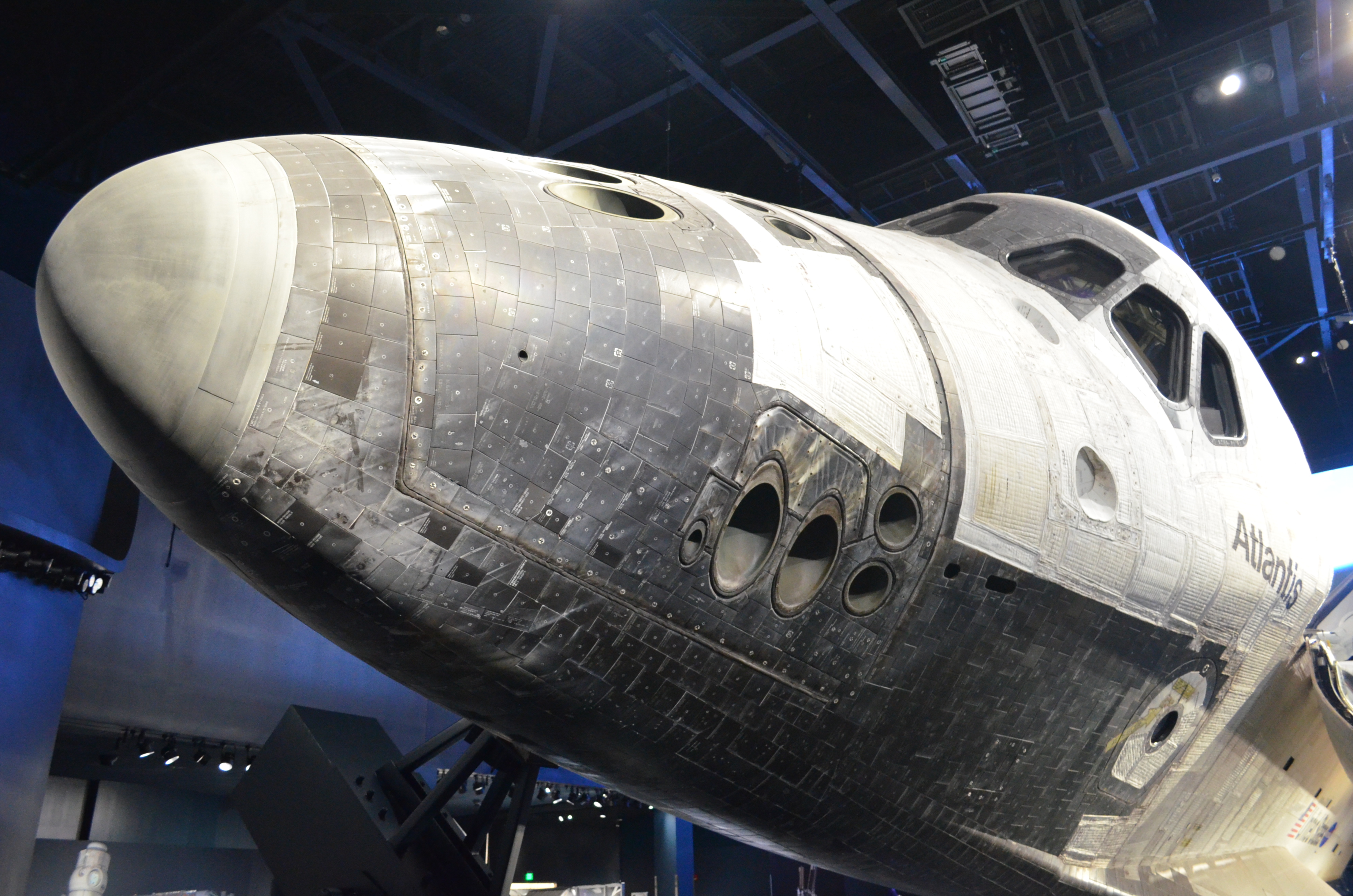
NASA's space shuttles carried humans to amazing heights for three decades, before the agency retired the program in 2011. Today, four former space shuttles are on display for the public. [NASA's Space Shuttle – From Top to Bottom (Infographic)]
Space shuttle Enterprise: New York City
The very first space shuttle, Enterprise, never actually flew in space — it was built without a heat shield or engines, because NASA was just using it for drop tests and glide tests. But Enterprise is still an important part of space shuttle history, and you can see it on display at the Intrepid Sea, Air and Space Museum in New York City. The museum is built on the retired aircraft carrier Intrepid, which served as a NASA recovery vessel in the 1960s. It's a great destination for fans of spaceflight and aviation.
General admission to the Intrepid museum is $33 for adults, and a discount rate applies for New York City residents. Children 4 and under are free, and there are reduced admission prices for seniors and kids ages 5 to 12. Members of the museum get free admission to all exhibits. When you're done visiting the Enterprise, we'd recommend a trip to the Hayden Planetarium at the American Museum of Natural History, also in New York City.
Space shuttle Discovery: Chantilly, Virginia
The space shuttle Discovery — which flew 39 missions, more than any other shuttle — is on display at the National Air and Space Museum's Udvar-Hazy Center in Chantilly, Virginia. (Note that this museum is different from the Smithsonian's main campus in Washington, D.C., which is, of course, another fantastic summer destination for space fans.) Admission is free. Check the museum's website for hours of operation and other details. The Udvar-Hazy Center has lots of other artifacts and vehicles from the history of space and aviation, as well as an IMAX theater.
Space shuttle Atlantis: Titusville, Florida
If you're thinking about seeing a rocket launch from Cape Canaveral Air Force Station, be sure to visit the space shuttle Atlantis while you're there. The shuttle is displayed very dramatically at the Kennedy Space Center Visitor Complex, a massive facility dedicated to the history of spaceflight. The shuttle exhibit is full of fun activities, like a surprisingly steep slide with the same incline as the space shuttle's re-entry angle, a mini version of the International Space Station that's big enough to crawl around in, and much more. Admission to the Visitor's Complex is $50 for adults, and $40 for kids ages 3 to 11, and includes the Atlantis exhibit, IMAX space films, all other exhibits, and the Kennedy Space Center Bus Tour.
Space shuttle Endeavor: Los Angeles
For vacationers on the West Coast, the space shuttle Endeavor is on display at the California Science Center in Los Angeles. The science center has a handful of other awesome spaceflight artifacts, including the Apollo-Soyuz command module that joined American and Russian spacecraft together in orbit in 1975; the Gemini 11 capsule that flew two human passengers into space in 1966; and the Mercury-Redstone 2 capsule that took Ham the chimpanzee into space.
The California Science Center is a massive science museum with lots of hands-on activities, so it's great for kids. Admission to the center is free, but visitors must pay for admission to IMAX movies and special exhibits.
Shuttle carrier aircraft and space shuttle replica: Houston
Space Center Houston (the visitor complex associated with Johnson Space Center) hosts an exhibit featuring the 747 aircraft known as NASA 905 that ferried the space shuttle to and from various locations on Earth. (While the shuttle's glider design allowed it to land on Earth when re-entering the atmosphere from space, it could not take off and fly alone in Earth's atmosphere. Hence, any local trips required that it piggyback onto a converted airplane.)
The exhibit also includes a space shuttle replica built by NASA and donated to the center. Although the vehicle did not fly in space, it is a to-scale copy of the space plane design, and it is the only "shuttle" in the country that visitors can enter.
The shuttle replica is positioned on the back of the airplane, as if the two were getting ready to take off. Visitors can walk right up to both vehicles and get a sense of their enormous scale. Inside the 747 is an exhibit that tells the story of the airplane and its very important role in the shuttle program. Space shuttle fans should definitely consider a trip to Houston to see the exhibit.
Space fans will have no shortage of things to see at Space Center Houston. The place is so jam-packed with artifacts and exhibits that it'd be exhausting if it weren't so exciting. Other spaceflight artifacts at the center include the Apollo 17 command module and a Skylab training module and a coveralls display commemorating Sally Ride's historic 1983 trip into space. There's even a real moon rock that visitors are allowed to touch.
Admission to the museum is free for kids 3 and under, $24.95 for kids ages 4 to 11, $29.99 for adults and $27.95 for seniors. A ticket includes access to all areas of the center, including a tram tour of Johnson Space Center.
Visit a dark sky preserve
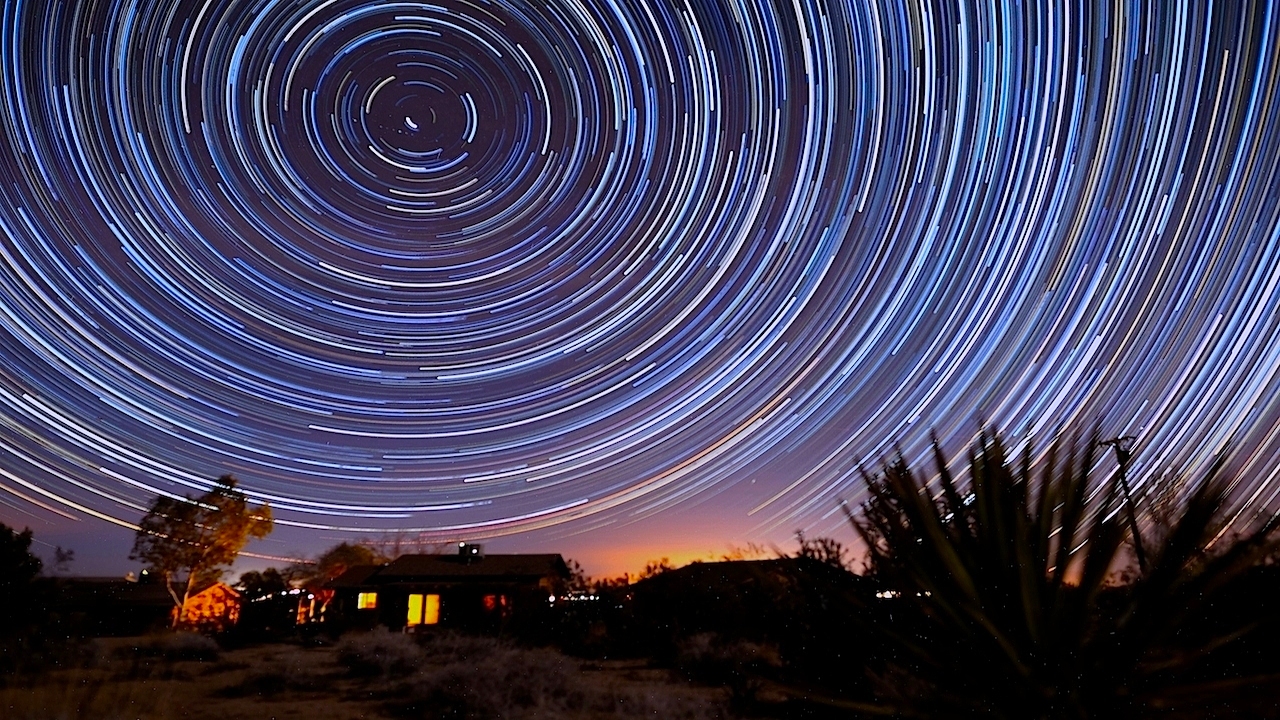
Most people in the world live in areas contaminated by light pollution. Why not make an effort this summer to get to a location far, far away from city and neighborhood lights, where you can view the heavens in all their glory?
The best places to get away from light pollution are typically state and national parks, according to Space.com contributor and skywatching expert Joe Rao. For more information, read Rao's complete guide to finding dark sky areas. In it, Rao also recommends dates in the summer when the moon will not be visible in the night sky, or will not be very bright. A bright moon can also obscure one's view of the cosmos.
The International Dark-Sky Association is a fantastic resource for finding a dark sky location and learning more about the need to protect those areas. Since 2007, the nonprofit organization has designated 31 International Dark Sky Parks (IDSP), which are places "possessing an exceptional or distinguished quality of starry nights," according to the association's website. These will be areas where it's possible to see the band of the Milky Way, which disappears quickly in the presence of light pollution. There are 44 IDSPs in the United States.
If you already love dark sky parks and are looking for new places to view the cosmos, check out Anza-Borrego Desert State Park in California and Steinaker State Park in Utah, which became IDSPs just this year.
See the auroras (in the Southern Hemisphere)
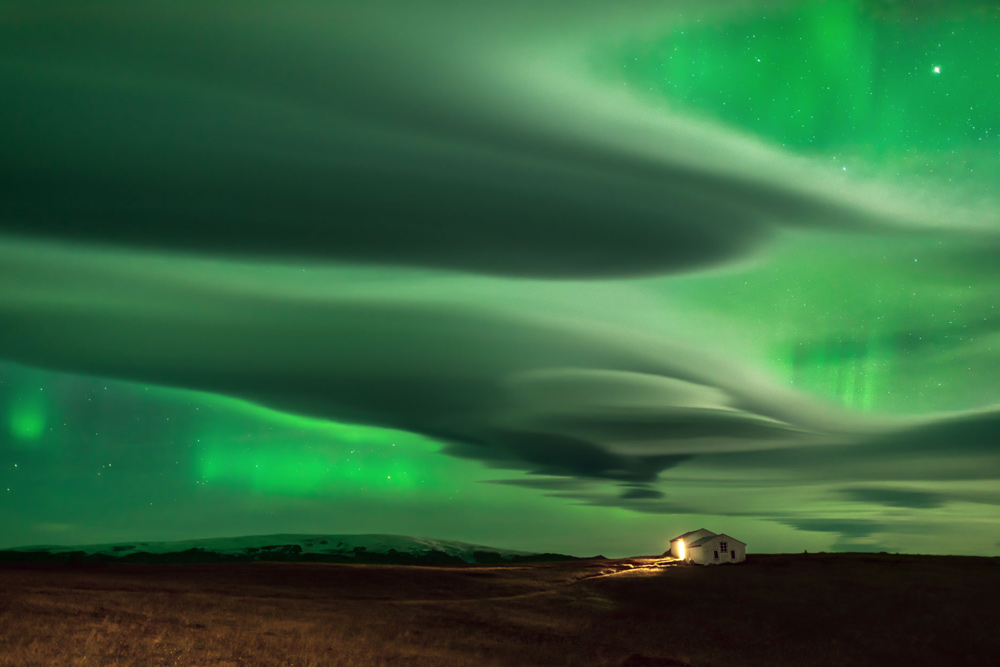
For travelers who will be in the southern hemisphere from June to September, there is still an opportunity to make your vacation a celestial one. The auroras — also known as the northern and southern lights — are nature's fireworks show. And while they technically happen year-round, their unpredictability makes winter (in either hemisphere) the best season to catch them, only because the nights are longer, giving skywatchers a higher chance of catching the light show. For that reason, seeing the auroras is better suited for winter vacations than summer vacations.
Auroras are created when charged particles from the sun shower down on Earth. The particles interact with Earth's magnetic field and other particles in the planet's atmosphere. The magnetic fields push the particles toward the planet's magnetic poles (which just about line up with the geographic poles), so the best viewing is in very northern or very southern locations — places like Canada, Iceland and Alaska in the Northern Hemisphere. The southern lights are more difficult to see because they appear primarily in areas over Antarctica and the southern oceans. However, they do appear with some regularity over southern New Zealand and the southern regions of South America.
It's extremely difficult to predict the appearance of the auroras. Scientists can't yet anticipate when the sun will belch up a large burst of particles, so forecasts can be made only on the day the light shows are expected to be visible. In addition, bad weather can quickly hide an auroral display. Thus, an aurora-seeking vacationer must remember to pack a lot of patience.
Join our Space Forums to keep talking space on the latest missions, night sky and more! And if you have a news tip, correction or comment, let us know at: community@space.com.
Get the Space.com Newsletter
Breaking space news, the latest updates on rocket launches, skywatching events and more!

Calla Cofield joined Space.com's crew in October 2014. She enjoys writing about black holes, exploding stars, ripples in space-time, science in comic books, and all the mysteries of the cosmos. Prior to joining Space.com Calla worked as a freelance writer, with her work appearing in APS News, Symmetry magazine, Scientific American, Nature News, Physics World, and others. From 2010 to 2014 she was a producer for The Physics Central Podcast. Previously, Calla worked at the American Museum of Natural History in New York City (hands down the best office building ever) and SLAC National Accelerator Laboratory in California. Calla studied physics at the University of Massachusetts, Amherst and is originally from Sandy, Utah. In 2018, Calla left Space.com to join NASA's Jet Propulsion Laboratory media team where she oversees astronomy, physics, exoplanets and the Cold Atom Lab mission. She has been underground at three of the largest particle accelerators in the world and would really like to know what the heck dark matter is. Contact Calla via: E-Mail – Twitter
